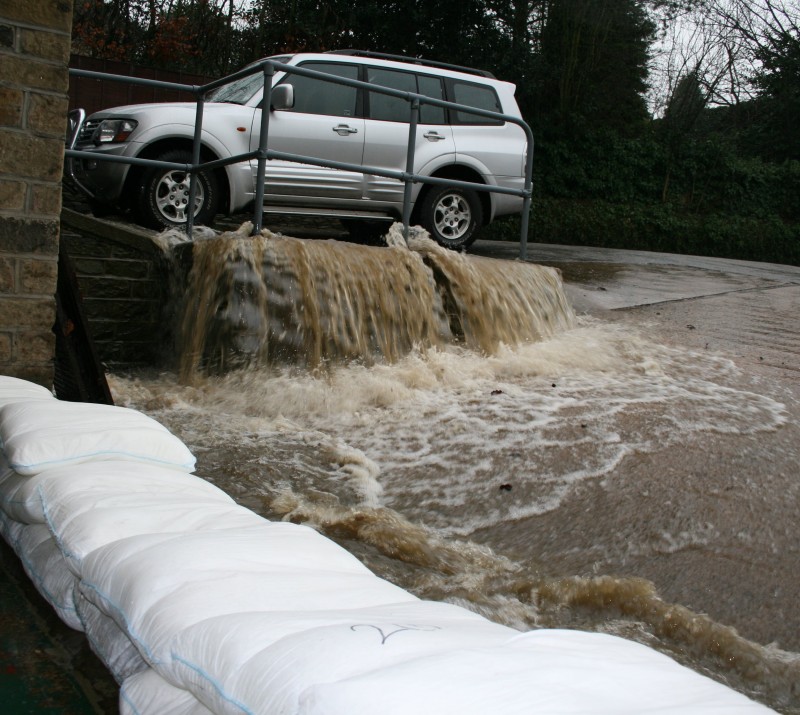Future flood map points to need for site drainage optimisation

The most detailed predictions yet about how future floods could affect local areas across the UK point to the urgent need for businesses to optimise their site drainage systems, says Lanes Group plc.
Scientists have created a future flood map that has identified flood hotspots likely to emerge as climate change accelerates, making weather more volatile, the BBC has reported.
The research, carried out by Bristol University and flood consultancy Fathom, reveals locations in England, Scotland and Wales that could be hardest hit by flooding over the coming years.
Lanes Group Development Director Richard Leigh said: “More accurate modelling like this is going to be crucial as we move into an era where volatile weather patterns makes flooding more likely.
“The maps show how a business may be at risk of flooding, while another very close-by may escape the deluge. These predictive tools can help property owners and managers, both residential and commercial, plan their flood defences to prevent damage or minimise it.
“A business at the epicentre of a huge flood event is unlikely to escape being affected. But those on the margins, or where flooding is less intense, can do a lot to protect their premises by ensuring their site drainage systems are working effectively.”
The annual cost of flood damage across the UK currently, according to the Association of British Insurers, is £700m a year.
The researchers have found that annual damage figure could increase by over 20% over the next century.
They created their future flood map by simulating all types of flooding in the coming decades.
Information about terrain, river flow, rainfall patterns and sea level was fed into the model to create the most detailed picture currently possible about how homes and businesses will be affected.
Lanes, the UK’s largest independent wastewater and drainage specialist, has developed a 6-step check list, which can form a critical element of a site drainage resilience review.
- Know your flood risks
Use all evidence, including this latest research and advice from the Local Flood Authority, to assess the local flood risk, bearing in mind that the level of risk can change over time, depending on factors such as the level of local development.
- Assess your drainage system
Have an accurate and up-to-date site drainage map. Every one of Lanes’ 22 depots can be commissioned to carry out a CCTV site drainage survey to establish the condition of drains and sewers across any premises.
- Carry out planned preventative maintenance (PPM)
In the long-term, preventing flooding is less costly than clearing up after it has occurred. Therefore, having a PPM schedule in place makes the best sense. System cleaning and flushing will reduce the risk of localised flooding disrupting business activities.
- Address site drainage problems
If site drainage problems, such as pooling of water and slow draining of toilets and sinks, are already apparent, deal with them now, and take steps to prevent assets being compromised, for example by wet wipes being flushed down toilets.
- Assess wider drainage issues
Off-site issues may increase flood risks, for example, if a local water course is blocked. Raising these issues with relevant authorities and property owners is an important step.
- Prepare an emergency plan
Businesses must also be ready if the worst does happen. Ensuring a site flood response plan is built into business continuity planning is vital.
Having rapid access to a reputable drainage specialist, that has all the expertise and specialist vehicles to deal with flooding problems, could be the difference between an inconvenience and catastrophe.







